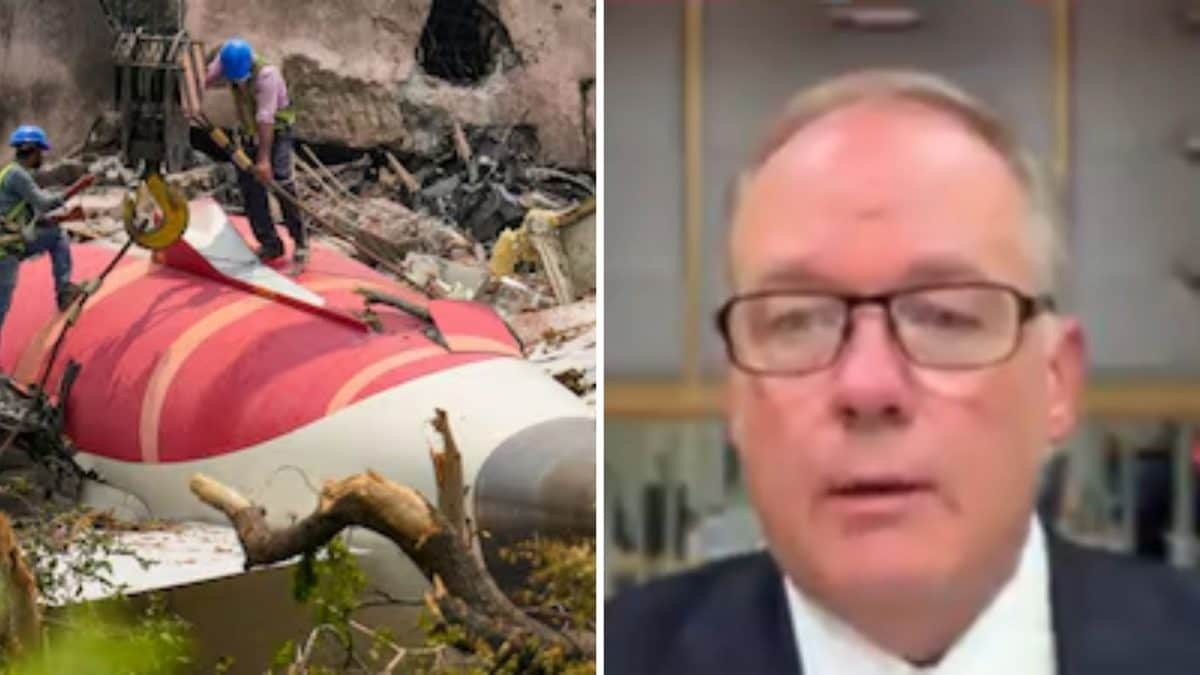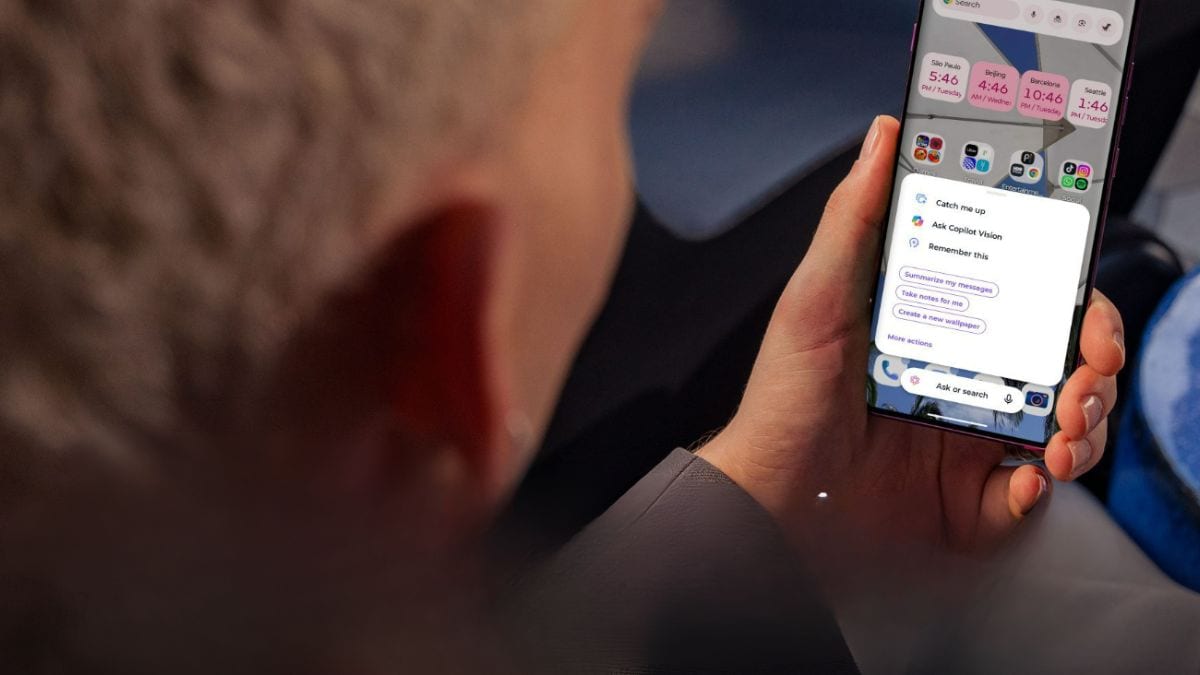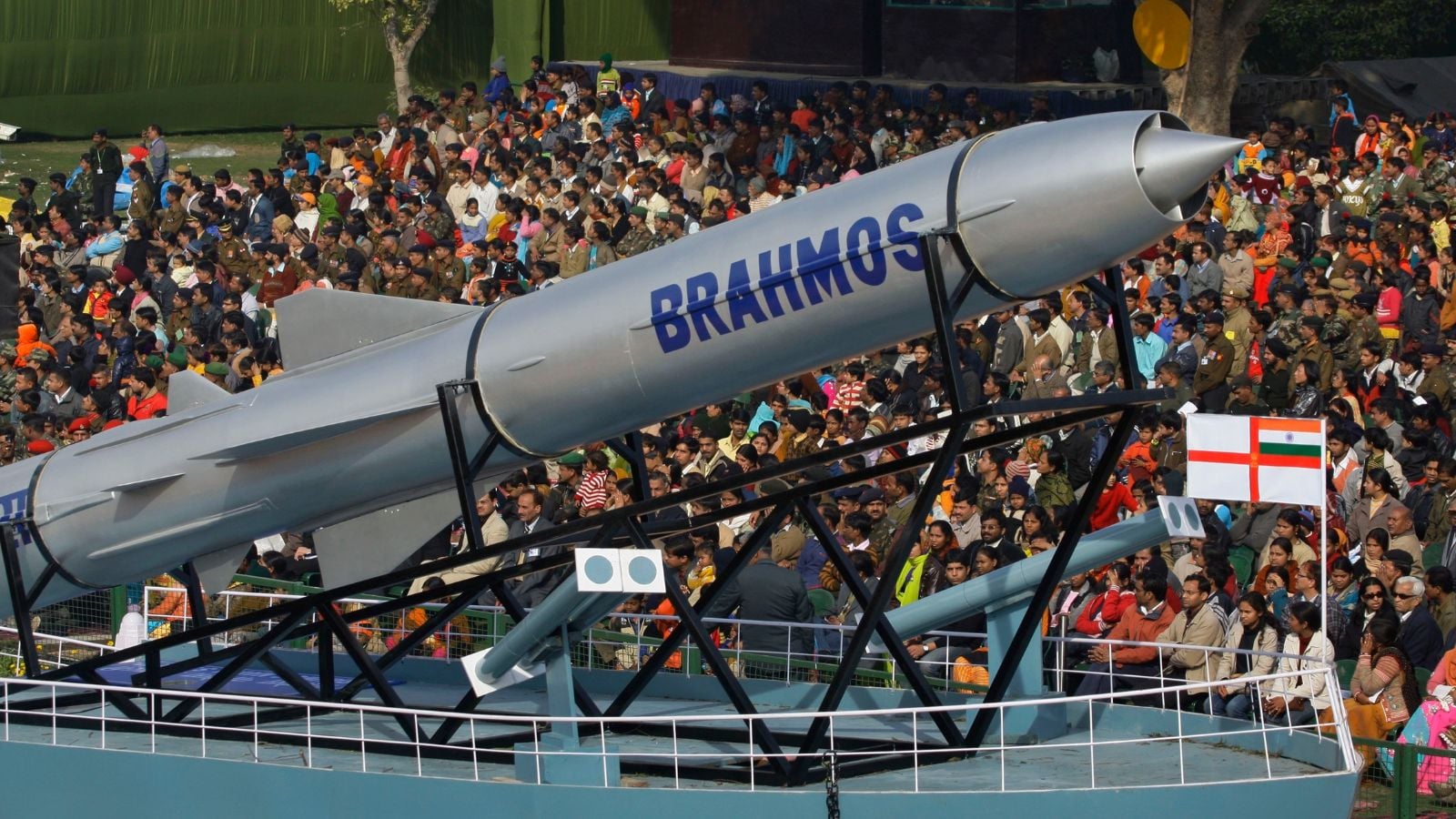It was quite a sight when characters from George Dandin ou le mari confondu (George Dandin or The Thwarted Husband), the French play by Molière, appeared on stage in the vibrant costumes in classic therukoothu style. Naturally, the artistes spoke in Tamil, and launched full-throatedly into traditional songs. This bold adaptation of the play into therukoothu by Karunsuzhi V. Arumugam, former dean of the Department of Performing Arts at Pondicherry University, and who runs Thalaikkol Theatre Group, marked a significant moment in the evolution of the folk art form. It demonstrated how therukoothu could be transformed to suit modern storytelling.
“We first performed the play during the golden jubilee celebrations of India’s Independence. It was adapted into 14 Indian languages and performed in traditional art forms unique to each State, supported by Alliance Française,” said Mr. Arumugam, nephew of the renowned therukoothu artiste Purisai Kannappa Thampiran. It was re-enacted in March this year.
Traditionally, therukoothu performances revolve around stories from the Ramayana and Mahabharata. There are two schools — one from the former South Arcot district and another from the former North Arcot district — both within the erstwhile Madras Presidency. Kannappa Thampiran, a native of Purisai, a village near Kancheepuram, represented the North Arcot style. It is still performed for 18 days in and around the districts of Chennai during the festivals of Draupadi Amman temples. Keesagan Vatham, Dravupadi Vasthirapaharanam, Arjunan Tapsu, Karna Motcham, Virata Paruvam, Anjanavasam, and Pathinettam Por are some of the subjects performed during these festivals.

The Thalaikkol Theatre Group, founded by Karunsuzhi V. Arumugam, former dean of the Department of Performing Arts at Pondicherry University. | Photo Credit: Special arrangement
However, the establishment of Koothu-P-Pattarai, a modern theatre group, by the late Na. Muthusamy began to blend classical elements of therukoothu with contemporary narratives. Mr. Arumugam, who collaborated closely with Muthusamy, Prof. Ramanujam, and Veerasamy, trained over 20 batches of students in therukoothu under the guidance of Kannappa Thampiran.
“I directed the play Sainanthari (Nirbhayavin Kathai Alla), an adaptation of Keesagan Vatham, and the message quickly reached the audience. Sainanthari is another name for Draupadi. The dialogue — at least Beeman saved Draupadi — conveyed the Nirbhaya case,” said Mr. Arumugam, who provided comprehensive training in all aspects of therukoothu including music, scriptwriting, and performance techniques to his students.
Significantly, what was once an exclusively male-dominated art form began to open its doors to women through the university programme, further marking the evolution of therukoothu in a modern context. As always in Tamil Nadu, cinema celebrated the art form, and democratised it. Long ago, the Sivaji Ganesan-starrer Navarathiri became a pioneer by allowing the heroine Savithri to perform the art on screen. Avatharam, with Nasser and Revathi in the lead roles, showcased the power of the narrative techniques of therukoothu.
“Therukoothu as a device prepares an actor mentally and physically for the role they are taking on. In the past, Boys’ Companies remained an excellent training ground for actors. They trained them in every aspect of acting, including music and dance. Now, it is therukoothu which fulfils that role,” said Velu Saravanan, one of the first batch of students under Mr. Arumugam.
Mr. Saravanan, who runs Aazhi, a children’s theatre group, said although Kannappa Thampiran had reservations about allowing women to perform, writer Indira Parthasarathy, who headed the department, persuaded him to train them in therukoothu.
Category
Loading description...
Location
Loading address...



.png)
.png)
.png)
















 8 hours ago
5
8 hours ago
5








 English (US) ·
English (US) ·